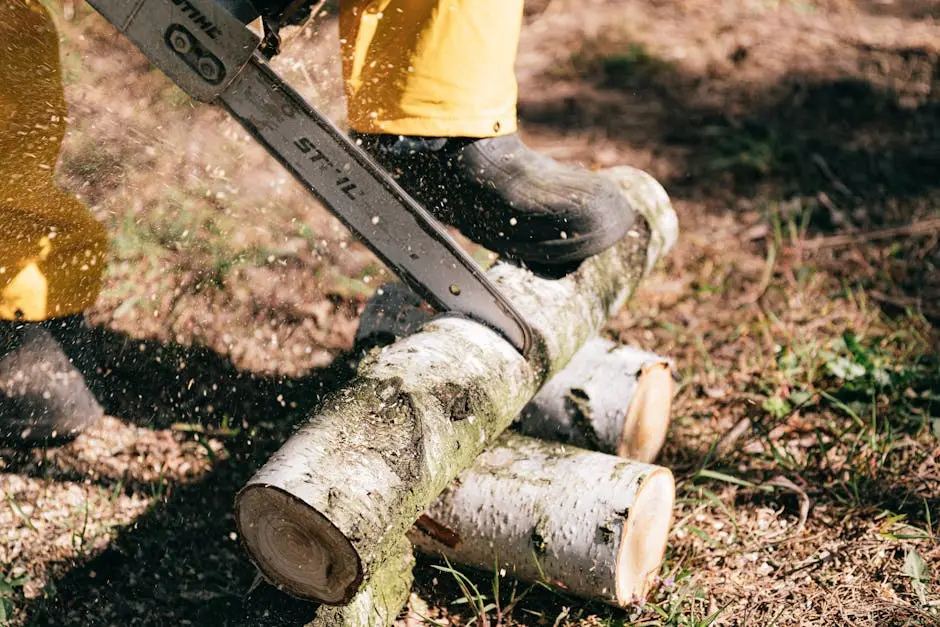18 Reasons Why Work Boots Men Prefer Are Built to Last
Share
Work boots are more than just a part of a uniform; they’re a vital tool for many hardworking individuals. Renowned for their durability and functionality, these boots offer safety and comfort that can withstand the test of time and labor. Let’s unpack why work boots men prefer are truly built to last.
1. The Use of Quality Materials
Work boots are crafted from high-grade leather and other robust materials that offer excellent wear resistance and long-lasting performance. This ensures that the boots can withstand harsh working conditions without falling apart. The choice of material is crucial as it contributes significantly to the boot’s longevity. For instance, full-grain leather not only provides a classic look but also offers maximum durability, making it a staple in the construction of many premium work boots.
Some of the best-known features incorporate advanced materials technology that enhances the toughness of these work boots, ensuring they hold up even in the most rugged settings. With this fusion of traditional craftsmanship and modern material science, these boots keep up with the demands of today’s labor-intensive professions while maintaining comfort and protection.
2. Innovative Construction Techniques
Brands employ advanced construction techniques such as Goodyear welt and direct attach methods, ensuring each pair is built with strength and durability in mind. These techniques help in enhancing the overall lifespan of the boots. The Goodyear welt is particularly notable for its ability to provide a moisture-resistant seal, which is a crucial aspect in increasing longevity. Moreover, it supports easy resoling, allowing users to replace worn-out soles without purchasing a new pair of boots entirely.
3. Reinforced Toe Protection
Many work boots come with steel or composite toe caps, providing essential protection against heavy objects while also prolonging the boot’s life by maintaining structural integrity. These reinforced toes are not solely about safety from impacts but also serve as a barrier against the everyday wear and tear that occurs in high-stress foot areas. This integral feature is pivotal in ensuring the boot’s integrity over prolonged usage periods.
4. Shock Absorbing Soles
The inclusion of cushioned soles that absorb shocks and impacts is another reason for their durability. These soles reduce strain on the feet and enhance comfort, allowing wearers to focus on the job without discomfort. Shock-absorbing features are especially beneficial for men who spend long hours on their feet, as they help mitigate fatigue and prevent injury. This feature is imperative in retaining the boot’s condition over time despite extensive usage.
5. Waterproof and Weather-Resistant Features
Work boots often include waterproof membranes and weather-resistant exteriors to stand up to various environmental challenges, keeping feet dry and extending the boot’s lifespan. For those working in unpredictable weather, these features are paramount in maintaining comfort and safety. Waterproof technology in boots not only protects the user but also contributes to the longevity of the material, preventing deterioration caused by weather exposure.
6. Reliable Traction and Slip-Resistance
The outsole of work boots is designed to provide superior traction and slip-resistance, ensuring safety across different surfaces and contributing to the boots’ durability. A well-designed outsole prevents slips and falls, which are common hazards in many work environments. The use of innovative materials in making the soles maximizes grip and ensures that the boots maintain their form and function across diverse terrains, from slippery surfaces to rugged landscapes.
7. Comfort Innovations
Men’s work boots are often equipped with padded collars and breathable linings that enhance comfort, promoting better wearability, which in turn helps in preserving the boots. Comfort innovations are not just about easing the wearer’s foot strain but also about prolonging the lifespan of the boots by minimizing the internal wear and tear that arises from friction and stress. These features ensure the user remains comfortable and that the boots remain intact and effective over countless work shifts.
The strategic incorporation of ergonomic designs and supportive footbeds also play a role in ensuring the overall durability of work boots. Such elements are particularly useful in providing the ultimate comfort during prolonged use, promoting good foot health, and reducing the chances of foot ailments, which translates to less replacement rate of boots due to discomfort or damage.

